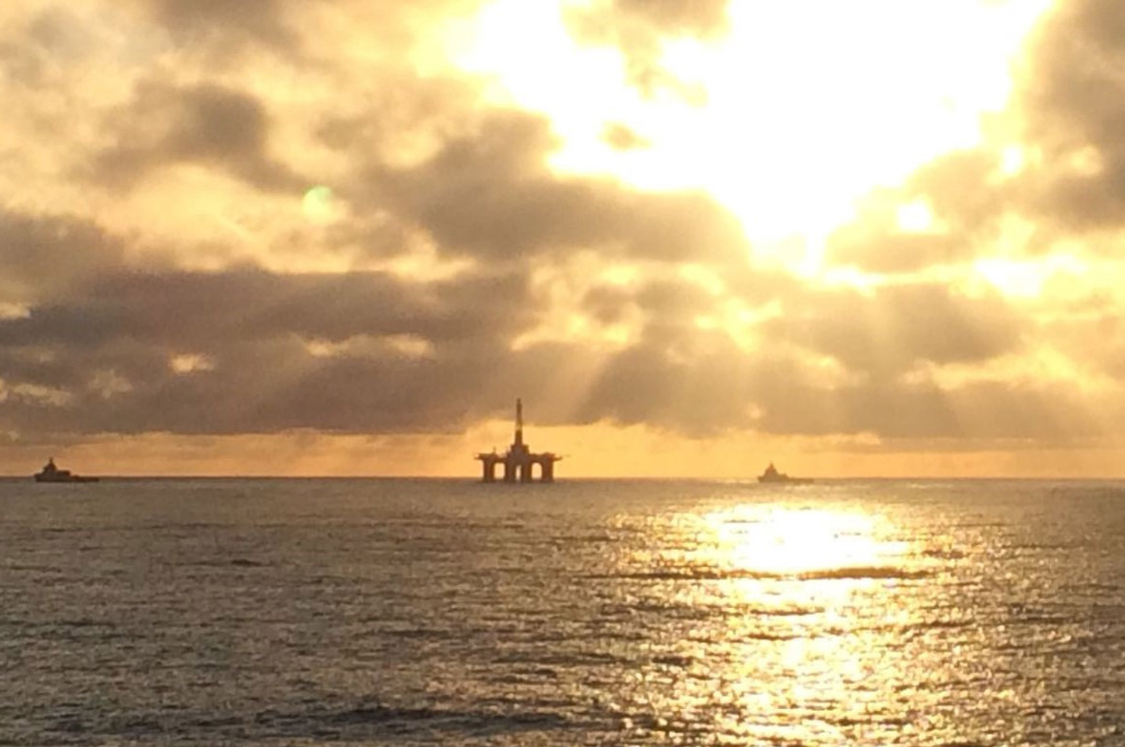According to the Oil and Gas Authority, the West of Shetland is the area where the largest volumes of prospective resources are yet to found on the UKCS: 4.7 billion barrels of oil equivalent (mean). It may be true, but how are current projects performing and how does that reflect on industry confidence to keep on exploring the region?
Lancaster
Hurricane’s Lancaster project is a good example to start with in this case. Previously claimed to be part of a huge oil accumulation, which was verified by a third-party consultant, the Lancaster field was supposed to stretch all the way to the Halifax well that later turned out not to contain any moveable hydrocarbons at all. On the back of announcements by Hurricane that the oil water contact had to be shifted upwards significantly as well as issues with well performance, the basement play has undergone a significant write off.
In addition, it is interesting to note that analysis of production data from the Lancaster field suggests that there is a significant contribution from the overlying clastic wedge. It is probably thanks to this clastic wedge that the field is in fact producing fairly steadily, once the initial downgrade is taken into account.
Based on this, it remains very much to be seen whether Lancaster is the first of a hub of basement-reservoired oil fields. At the end of the day, the intended sale of Spirit UK may have been successful if confidence in the fractured basement play was still buoyant, given Spirit’s significant stake in the area.

Total
At Total’s Laggan-Tormore development, the company has had disappointing production figures from start up. The first appraisal well on Tormore unexpectedly found oil which is now likely to be stranded as the gas cap is being produced.
The Glendronach discovery has turned out to be a great deal smaller than was originally thought and will probably be developed by a single well rather than the 3 or 4 planned. In addition, the French will have to deal with elevated mercury levels in Glendronach, which will require the installation of a Gas Mercury Removal Unit (GMRU) at the Shetland Gas Plant.
The next exploration well will be key for the future of the entire hub.
Clair
It is not a secret that the $10 billion Clair Ridge project produced much less than its anticipated target in 2020. The project came on stream in November 2018 with a peak production target of 120,000 b/d, but output was about a third of this at most. An unusually challenging reservoir combined with early water break through in three of the newly drilled wells, as noted by partner Harbour Energy (then Chrysaor) in March of this year, must be seen as the underlying cause for the issues.
The issues experienced at Clair Ridge may now also have parked the initiative to develop the Clair South field, which was deferred due to Covid and the oil price plunge but has not re-surfaced in the news since. We asked BP Communications for a comment on the plans for Clair South, but have not had a reply.
Schiehallion and Foinaven
On Foinaven, BP has retired the FPSO and the future of the field that was the first West of Shetland accumulation to start production in 1997 looks unclear. At the same time, there is still up to 200 MMboe to be produced from the field that will soon be 100% BP’s following the sale of Viaro’s non-operated 28% stake as announced yesterday.
As S&P Platts reported in March this year, production from the Schiehallion field has – similar to Clair – not lived up to expectations. With expectations that Schiehallion and nearby satellites Alligin and Loyal would produce around 130,000 b/d, the fields now produce in the order of 70,000 b/d. In a company report, partner Harbour Energy mentioned that sand management challenges pose a challenge to keeping production at steady levels.
Cambo
Much has been said about Cambo and the damage done to the overall UKCS investment climate recently. However, as an industry expert with knowledge on the matter reiterates; Shell’s decision was likely more nuanced than what some people may believe. Estimated capex on Jackdaw is very similar to the net capex to Shell on Cambo. Even in Shell, capital is prioritised and allocated and Jackdaw is far more important strategically than Cambo because of its impact on the Shearwater hub. Besides this, Jackdaw is an operated asset, whilst Cambo was not.
Rosebank
Now that Cambo has been parked, the likelihood of Rosebank getting the nod has also been reduced significantly. Apart from the probably similar levels of scrutiny it will receive when plans materialise, partner Suncor (40%) may also be looking more carefully at committing billions of pounds to a project that is far removed from their oil sand core business. And who will buy a 40% stake in Rosebank should Suncor aim to sell?
It is true that the performance of individual fields should not be the main reason to write off an area in terms of future exploration. Ultimately, it is the availability of export infrastructure that is key in generating possibilities for future tie-ins. However, with current infrastructure being patchy still, and with the absence of a clear success project that lends confidence to further investments, the future of the West of Shetland region looks a bit bleak.
HENK KOMBRINK





